Freedom2014: Your art and paintings
- Published
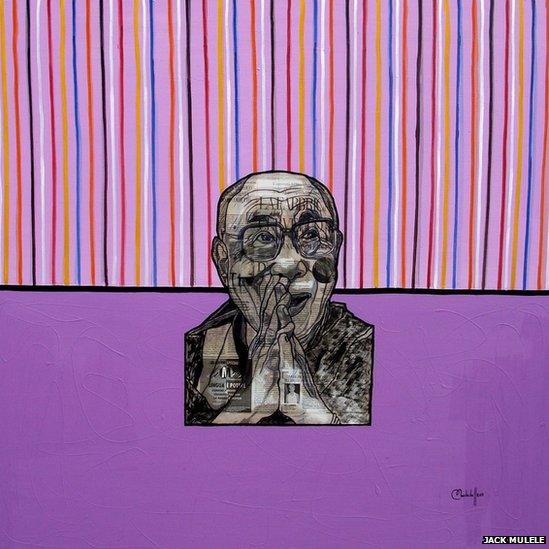
Jack Mulele, who is originally from the Democratic Republic of Congo, created this image of the Dalai Lama by sticking newspaper on canvas and painting over it in oils. People from around the world have been sharing their paintings, drawings and pictures with the BBC on the theme of freedom.
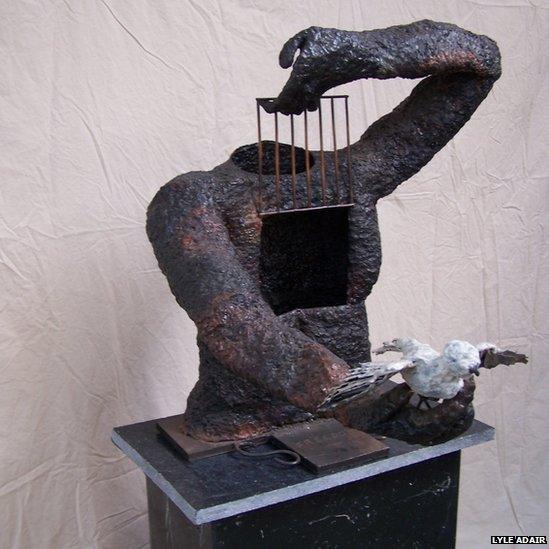
Lyle Adair, from the US, used an oxyacetylene torch, copper wire and a sheet to create this sculpture. The piece represents a release of the spirit from the body in order to fly free. The head was intentionally left off so that people could interpret the sculpture how they wished, Lyle says.
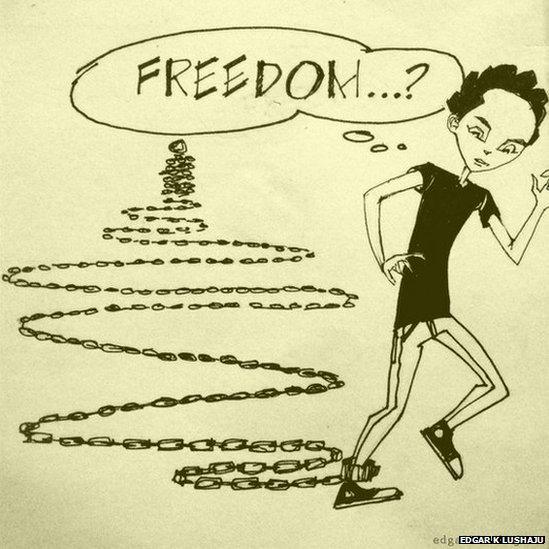
"People forget that their power is greater than that of the people in power," says Edgar K Lushaju from Tanzania. This image shows a person accepting what he calls "the freedom chain".
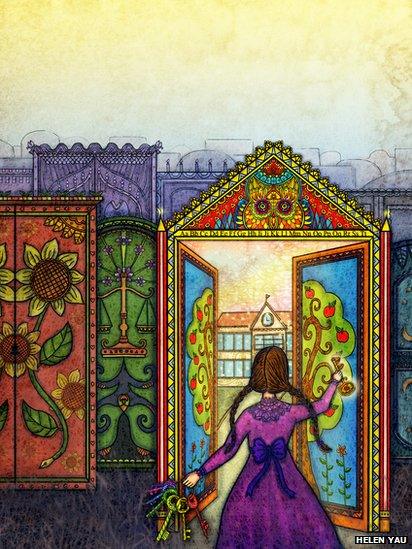
Canadian student Helen Yau says the doors in this particular image of freedom represent opportunities for education. The girl holds a set of keys, thus giving her the liberty to choose to do whatever she wants.
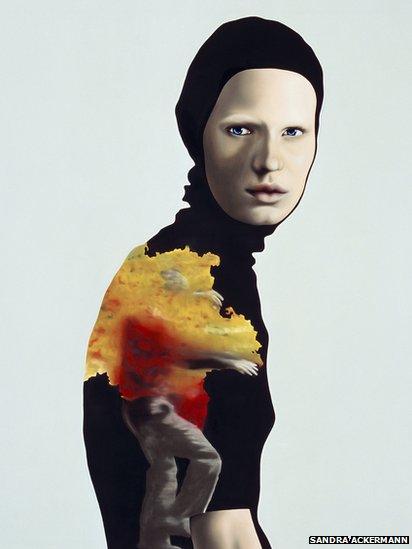
German artist Sandra Ackermann won a competition run by the London-based Passion for Freedom collective in 2011 with this image called No Man's Land. She also shared it with the BBC for the freedom2014 season, saying: "It's about the absence of freedom as well as about the most ultimate, most sad, personal freedom."

"We are vessels and have so much to give. But without perimeters, what we have to give is wasted," says Narveen S Aryaputri of her oil painting. She lives in the US but was born in India.
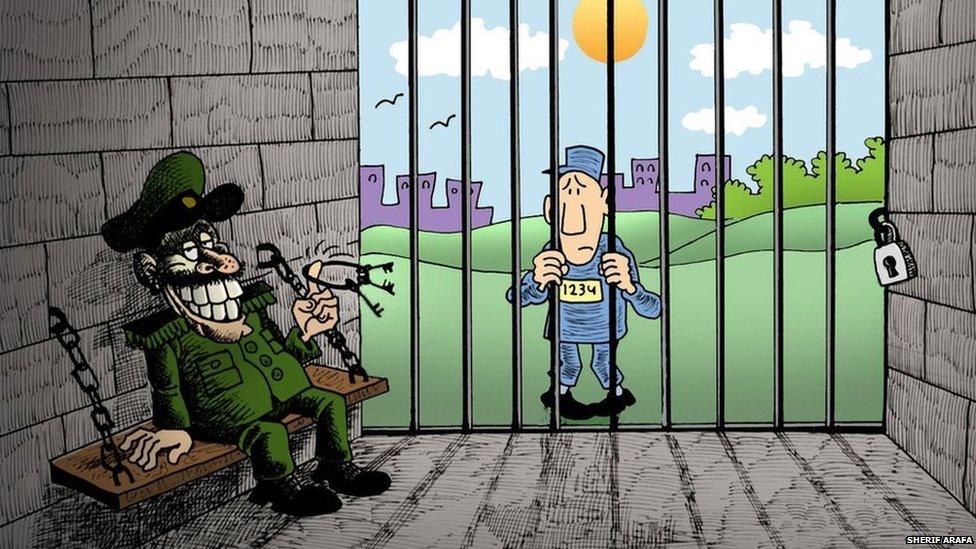
Sherif Arafa is an award-winning cartoonist from Egypt. He sent this image with the words "Freedom is a perspective!"
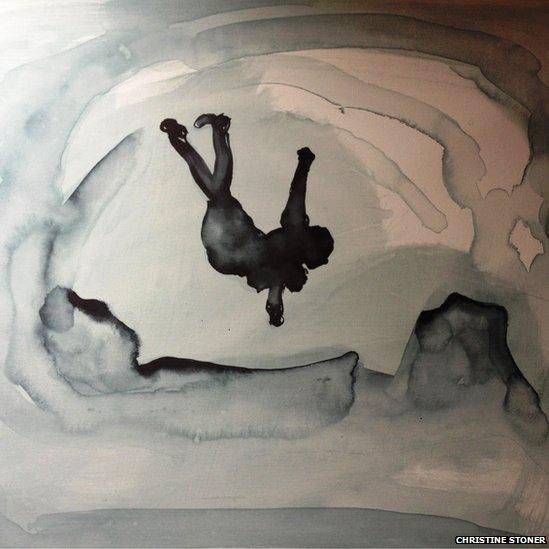
Christine Stoner's idea of freedom is having escaped to the countryside in Australia to study art. The 60-year-old had previously worked in a corporate job with long hours and a long commute but now she feels free of all constraints.
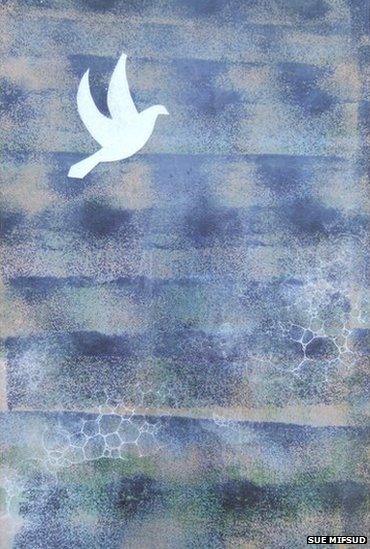
Ceramic artist Sue Mifsud, in Malta, wanted to create an image that was iconic and would be easily recognised and understood. "We have always associated birds with freedom. Their grace and agility leaves us feeling heavy and awkward," she says.
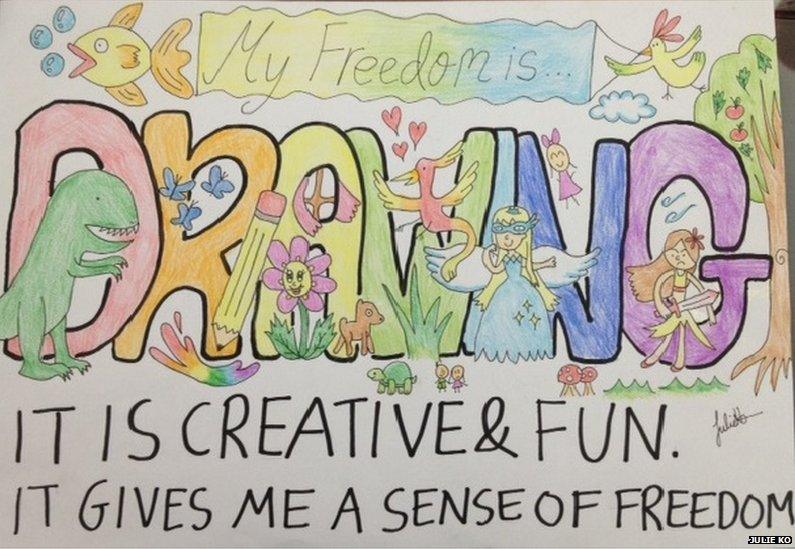
Julie Ko is 13 years old and lives in Hong Kong. Life can be challenging there, as she cannot speak Cantonese, she says. "With all the confusion in my head, I found that drawing gives me happiness and helps me recover from fear and anxiety."
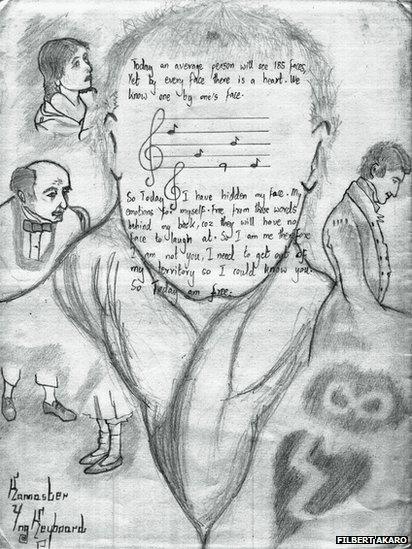
Filbert Akaro, 17, lives in Dar es Salaam in Tanzania. He says his drawing "is centred on an imaginary character who has hidden his face in fear of what others would make of it". He says: "My character is different, as he has no face so no-one can identify him and remember what he did. So now he is free from all judgments."
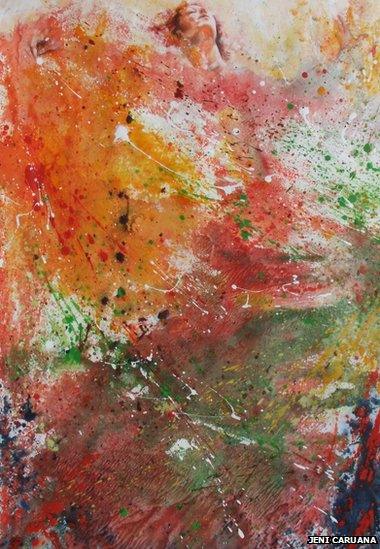
Jeni Caruana painted this picture using acrylics, to "express the season of spring", and to explore ideas about nature. Jeni says she feels free when she is creating images "from her heart and soul". The British-born artist lives in Malta.
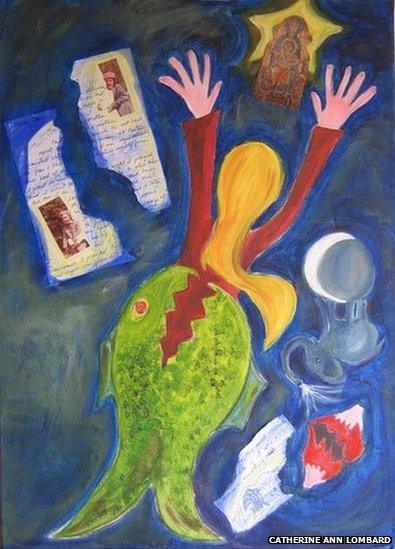
This picture represents how difficult it is to find freedom to be "our authentic selves", says Catherine Ann Lombard, who lives in Germany. "From birth, we are continuously told what we need to be, do, achieve, feel, think, and choose for our lives," she says.
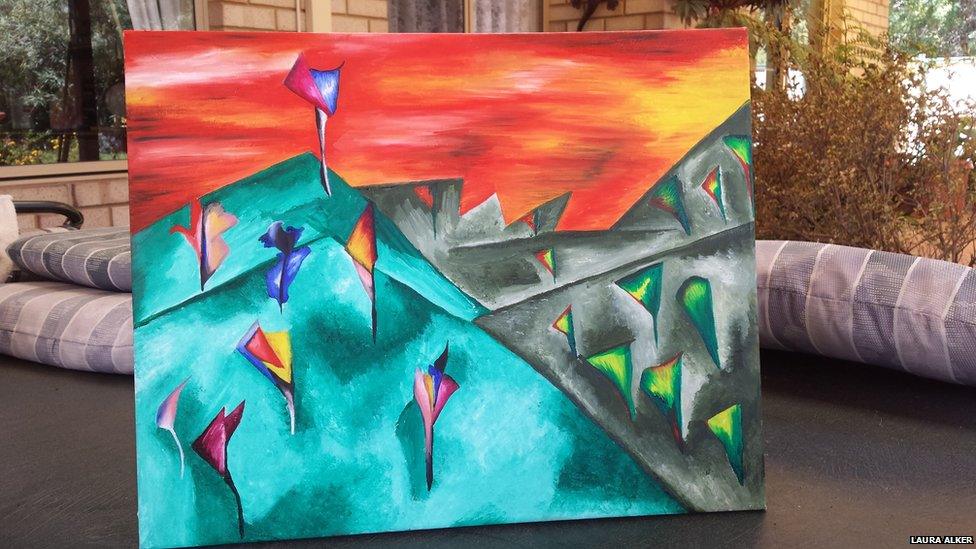
Australian Laura Alker says this picture is based on her own experiences. "The flowers on the left are bright but also have individual colouring and shape, showing how liberation from the 'norm' can empower," she says.
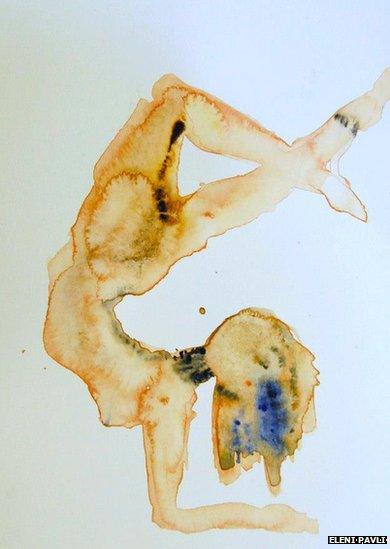
Eleni Pavli painted this artwork in London in the UK. She says she was trying to convey the concept of freedom being about the evolution of consciousness, and this to her was the best way to portray it.
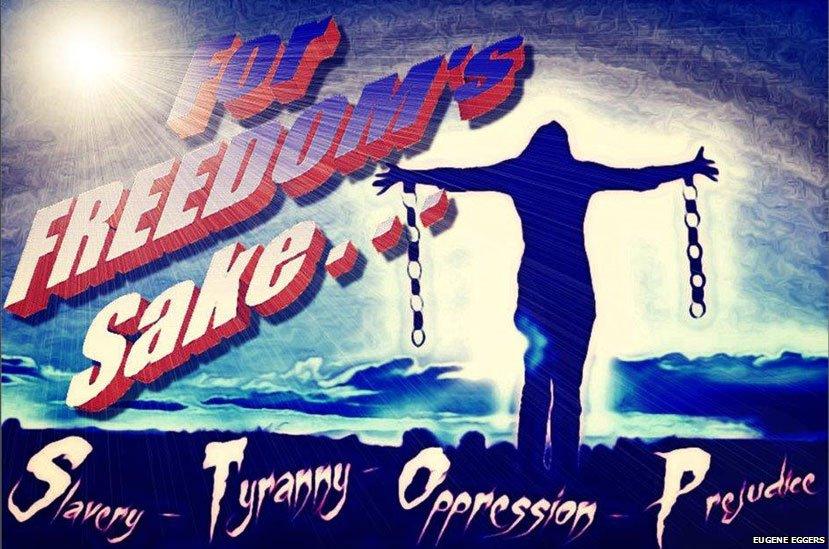
Freedom is liberation from slavery, tyranny, oppression, and prejudice, says Eugene Eggers from California, US. The first letters of his caption at the bottom of the image spell out the word "stop", by which he means that an end should be brought to poor living conditions.
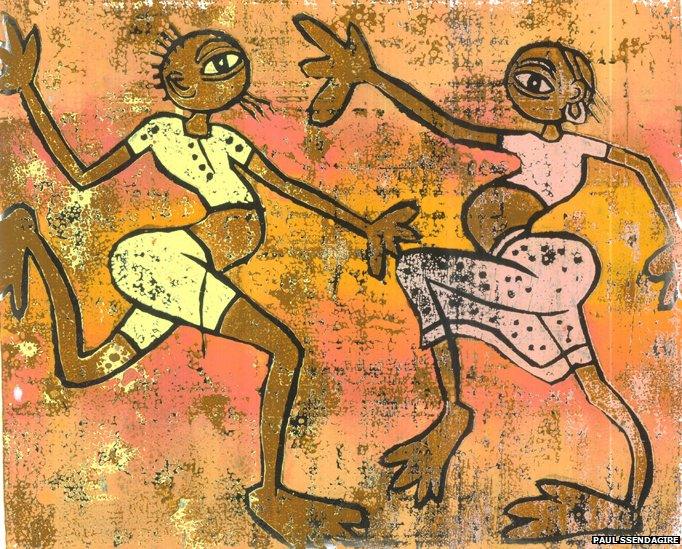
Paul Ssendagire is a woodcut print-maker, living in Uganda. "Freedom is doing what you want to do," he says, "expressing yourself freely in speech, creative areas, worship and love among other things without limiting the expression of other people or threatening other people's lives".
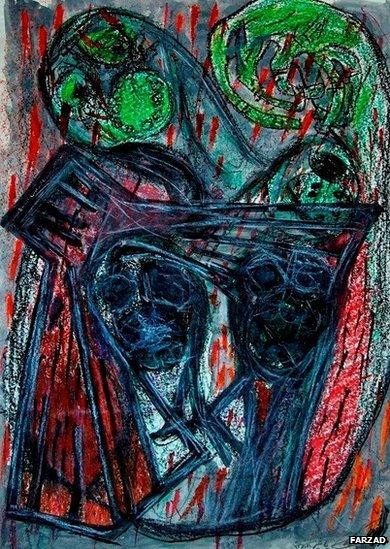
Farzad painted this picture of the Liberty Tower in Liberty Square, Tehran. For more images of freedom, visit www.bbc.co.uk/freedom2014
- Published27 February 2014
- Published20 February 2014
- Published13 February 2014
- Published30 January 2014